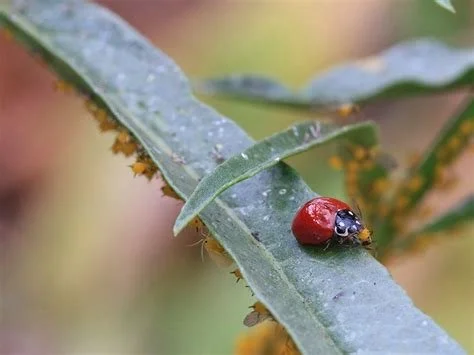Marin Resource Conservation District
One important function of the Marin RCD is to provide stewardship funding to Marin agricultural producers. In the spring of 2024, for example, they are seeking applications for assistance with stream restoration, grazing management, creating cover crops, establishing hedgerows and windbreaks, tree and shrub planting, and application of compost.
As winter rains become more prolonged and intense in Marin, it becomes increasingly important to attend to the multifaceted effects of changing weather patterns on native habitat. One focus of the Marin RCD has been the stabilization of rural roads that have experienced landslides. Some remedies include preemptive exacavation of potential landslide sites by removing unstable material and redepositing it in a stable location at or near the treatment site.
The images above illustrate an unstable slope on a stream-side road before and after excavation by Marin RCD and partner organizations.
The Marin RCD partners with many other local organizations to accomplish its mission. For example, they have a long term partnership with Students and Teachers Restoring a Watershed (STRAW), a program established by Point Blue to prepare students to restore streams and wetlands by giving teachers resources and technical support to integrate watershed science into their classrooms. A recent project involving STRAW focused on restoring two miles of stream at four ranches. Students from local schools helped to prepare soil and plant natives along the stream.
In another collaboration with STRAW and other organizations, Marin RCD established a rock-lined step channel and native riparian plantings to improve the habitat for native plants and animals. The conditions of the stream before and after the restoration can be seen in these images.
Multiple Benefits of Hedgerows
One focus of the Marin RCD has been on supporting landowners in creating hedgerows. They have developed an informative booklet called Tending the Edges that provides lots of useful information about the benefits of hedgerows as well as the practical aspects of how to create them.
Hedgerows are single or multiple rows of trees, shrubs, forbs, and/or grasses. Forbs are flowering plants that don’t have a woody stem. Examples include clovers, sunflowers, daylilies, and milkweed. Hedgerows are placed along the edges of fields in working landscapes. There are numerous benefits to hedgerows including carbon sequestration, provision of wildlife habitat, and elimination of pests.
Hedgerows are one of over 30 conservation practices that make up carbon farming, an approach to agricultural that focuses on sequestering carbon in the ground rather than allowing it to return to the atmosphere in the form of CO2.
Hedgerows containing native plants not only provide sustenance for insects and birds, but also contribute to the beauty of the landscape. In addition to milkweed, sticky monkey flower (Diplacus aurantiacus) and red flower currant (Ribes sanguineum) — pictured above — are two favorites in urban as well as rural habitats in Marin.
The hedgerow pictured above was designed to shade out weed species like poison hemlock and Himalayan blackberry. The beneft is achieved without resorting to pesticides and herbicides. Hedgerows with large tres and shrubs also provide shade to lifestock during the summer and shelter during windy and stormy weather.
Hedgerows can provide shelter for predaceous insects and birds that can help control common crop pests. Ladybugs are a fan favorite. An adult ladybug can devour 50 aphids a day, ultimately consuming as many as 5,000 aphids over its lifetime. Sparrows, such as the Song Sparrow pictured above, also consume insects that attack milkweed and other plants. Birds and other predatory creatures will find sanctuary in hedgerows.










